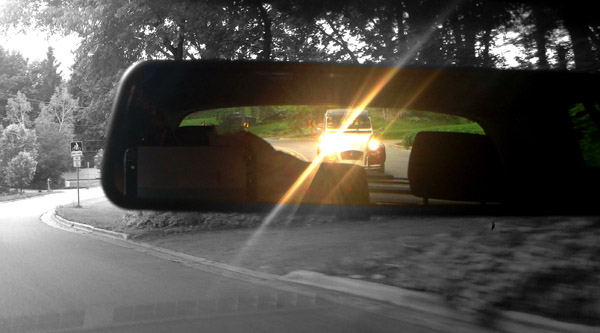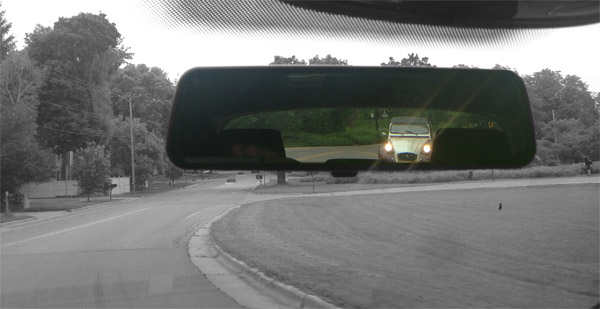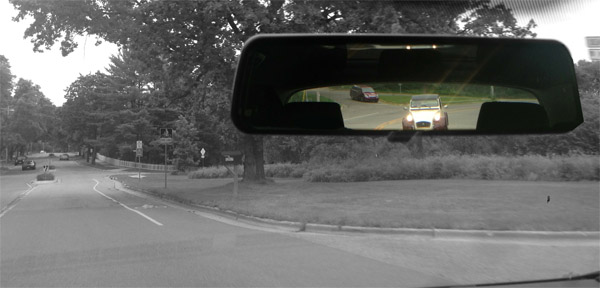STEPHEN BRAUN, ANNE FLAHERTY, JACK GILLUM and MATT APUZZO:
The revelation of Prism this month by the Washington Post and Guardian newspapers has touched off the latest round in a decade-long debate over what limits to impose on government eavesdropping, which the Obama administration says is essential to keep the nation safe.
But interviews with more than a dozen current and former government and technology officials and outside experts show that, while Prism has attracted the recent attention, the program actually is a relatively small part of a much more expansive and intrusive eavesdropping effort.
Americans who disapprove of the government reading their emails have more to worry about from a different and larger NSA effort that snatches data as it passes through the fiber optic cables that make up the Internet’s backbone. That program, which has been known for years, copies Internet traffic as it enters and leaves the United States, then routes it to the NSA for analysis.
Whether by clever choice or coincidence, Prism appears to do what its name suggests. Like a triangular piece of glass, Prism takes large beams of data and helps the government find discrete, manageable strands of information.


